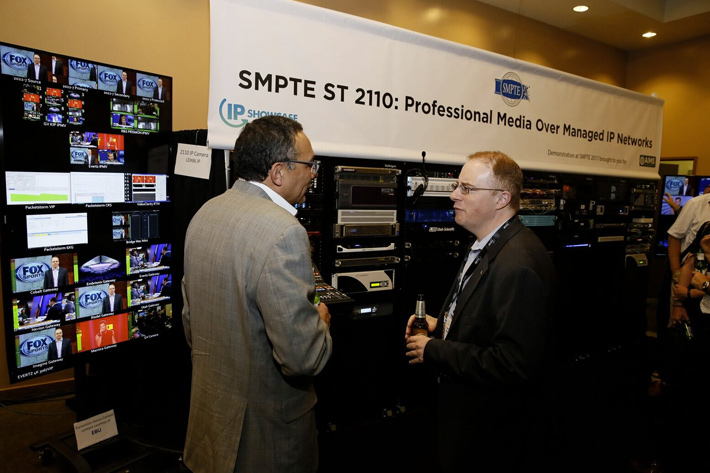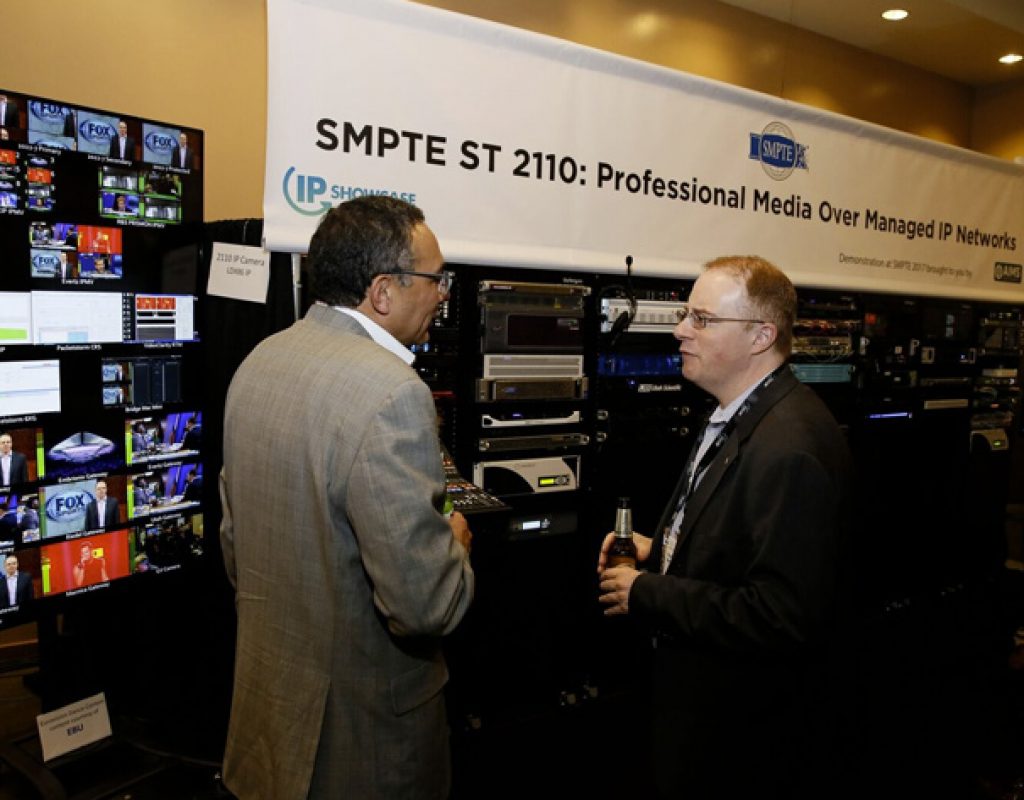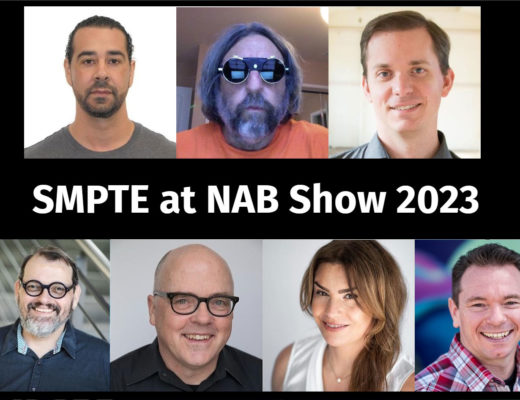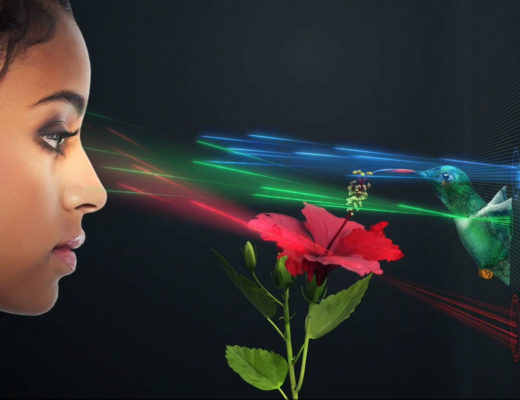
The first SMPTE ST 2110 standards aim to simplify the use of internet protocol (IP) networks in real-time for the purposes of live production, playout, and other professional media applications.
SMPTE, the organization whose standards work has supported a century of advances in entertainment technology and whose membership spans the globe, announced the publication of the first standards within SMPTE ST 2110, Professional Media Over Managed IP Networks.
SMPTE ST 2110 is a new standards suite that specifies the carriage, synchronization, and description of separate elementary essence streams over professional internet protocol (IP) networks in real-time for the purposes of live production, playout, and other professional media applications. The following documents are now available in the SMPTE digital library:
- SMPTE ST 2110-10/-20/-30 — addressing system concerns and uncompressed video and audio streams
- SMPTE ST 2110-21 — specifying traffic shaping and delivery timing of uncompressed video
“Professional media is a uniquely challenging field because of its real-time nature and high quality-of-service requirements, both of which consumers may take for granted,” said SMPTE President Matthew Goldman, senior vice president of technology, TV and media at Ericsson. “The standardization of SMPTE ST 2110 documents provides broadcasters, producers, and media technology suppliers with the tools they need to meet these requirements while working in the IP realm.”
With SMPTE ST 2110 standards, intrafacility traffic now can be all-IP, which means that organizations can rely on one common data center infrastructure rather than two separate facilities for SDI and IP switching/routing. The foundation for the first SMPTE ST 2110 standards came from the Video Services Forum (VSF) Technical Recommendation for Transport of Uncompressed Elementary Stream Media Over IP (TR-03), which VSF agreed to make available to SMPTE as a contribution toward the new suite of standards.
SMPTE ST 2110 standards make it possible to separately route and break away the essence streams — audio, video, and ancillary data. This advance simplifies, for example, the addition of captions, subtitles, and teletext, as well as tasks such as the processing of multiple audio languages and types. Each essence flow may be routed separately and brought together again at the endpoint. Each of the component flows — audio, video, and ancillary data (there may be multiple streams of each type) — is synchronized, so the essence streams are co-timed to one another while remaining independent.
The new SMPTE ST 2110 standard suite was a primary focus of the IP Showcase in the Centennial Exhibit Hall at SMPTE 2017, where SMPTE joined with the Audio Engineering Society (AES), Alliance for IP Media Solutions (AIMS), Advanced Media Workflow Association (AMWA), European Broadcasting Union (EBU), IABM, Media Networking Alliance (MNA), and Video Services Forum (VSF) to support the event. The IP Showcase featured the latest advances in IP technology for the professional media industries and demonstrated how the SMPTE ST 2110 standard suite adds value. Numerous interoperability demonstrations assisted broadcast/IT engineers, CEOs, producers, and others in understanding how they can leverage the benefits of SMPTE ST 2110 standards.
SMPTE is currently developing a dedicated course on ST 2110 for its Virtual Classroom which will be offered beginning in February 2018. Currently SMPTE’s Internetworking, Routing & Switching Programs courses, as well as the Essentials of IP Media Transport for Broadcasters, help to provide a solid foundation in networking. SMPTE Virtual Classroom course descriptions and registration are available at www.smpte.org/courses.

Filmtools
Filmmakers go-to destination for pre-production, production & post production equipment!
Shop Now













